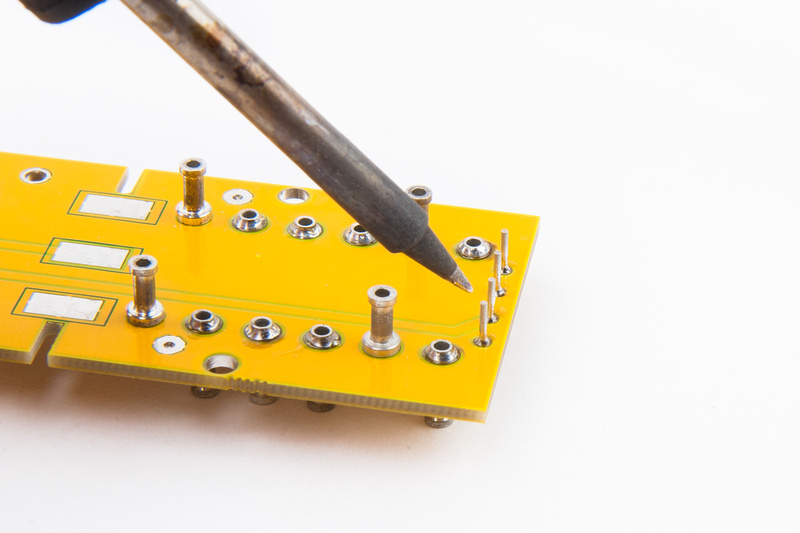tonycamp
Well-known member
Hi Matador,
I'm using the mic as a test load, plugged in, I'm getting 130vdc with the trimmer backed out all the way? The heater is perfect, and the bias is at .032 measured at xp1 pin on the mic, bias trimmer is also backed out all the way?
I'm using the mic as a test load, plugged in, I'm getting 130vdc with the trimmer backed out all the way? The heater is perfect, and the bias is at .032 measured at xp1 pin on the mic, bias trimmer is also backed out all the way?





































